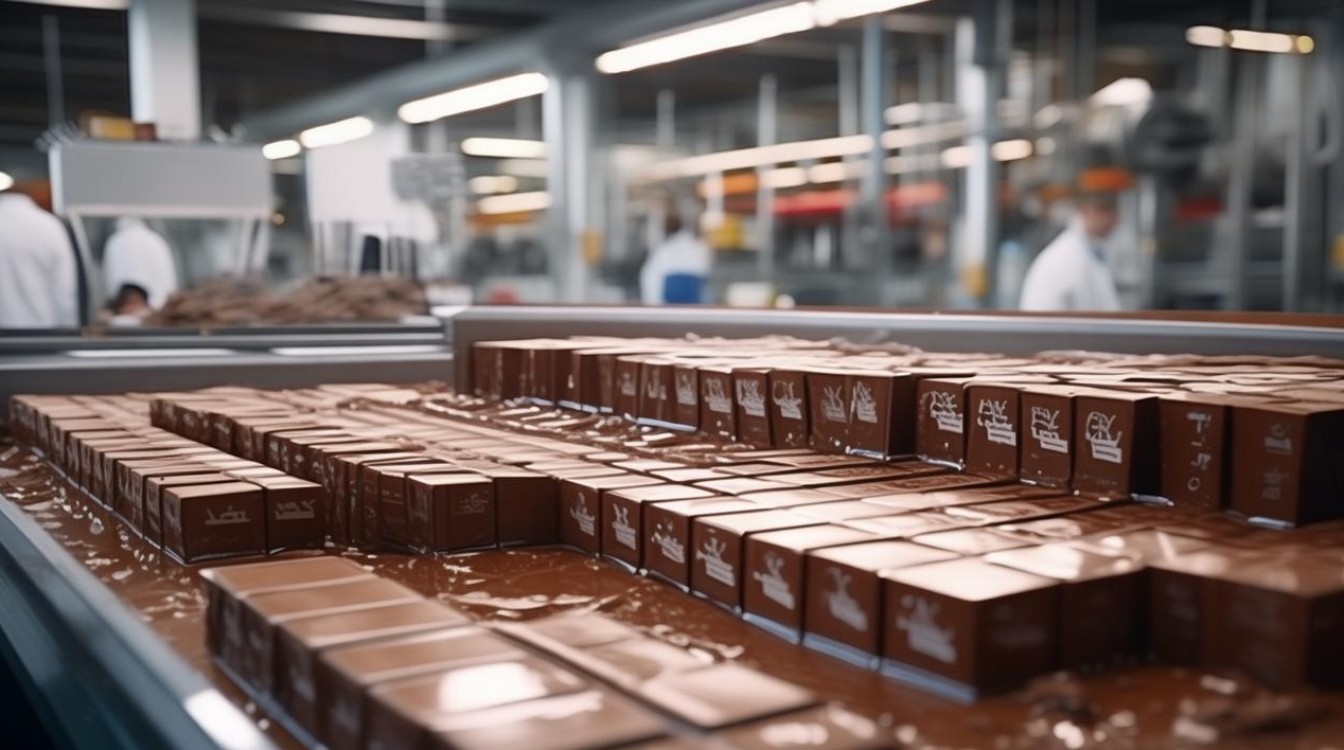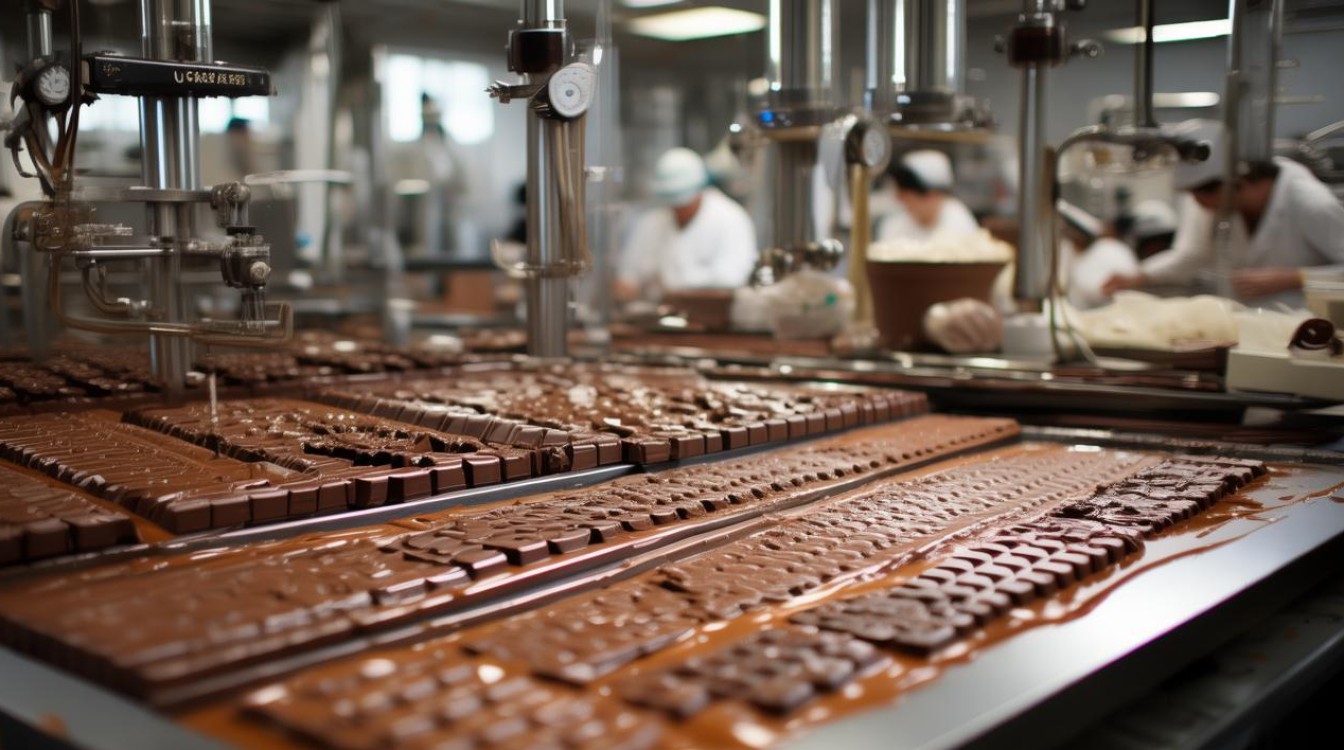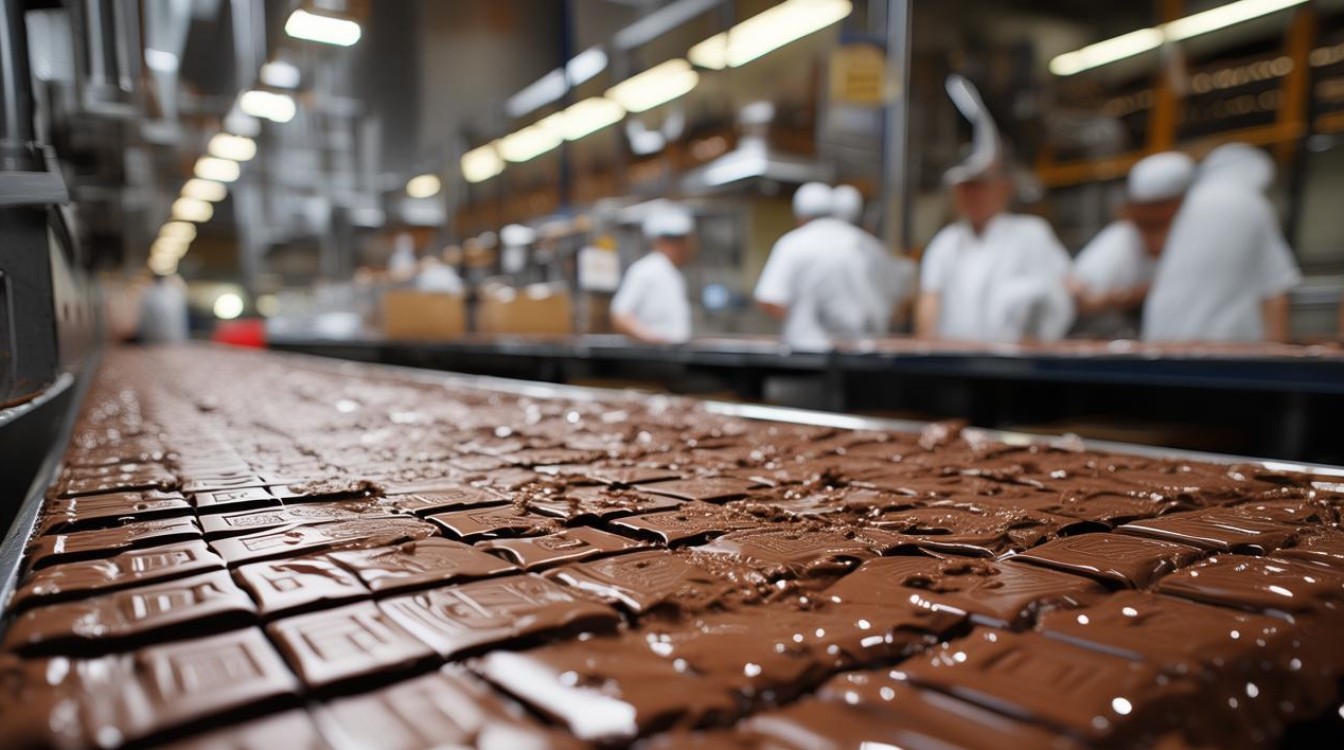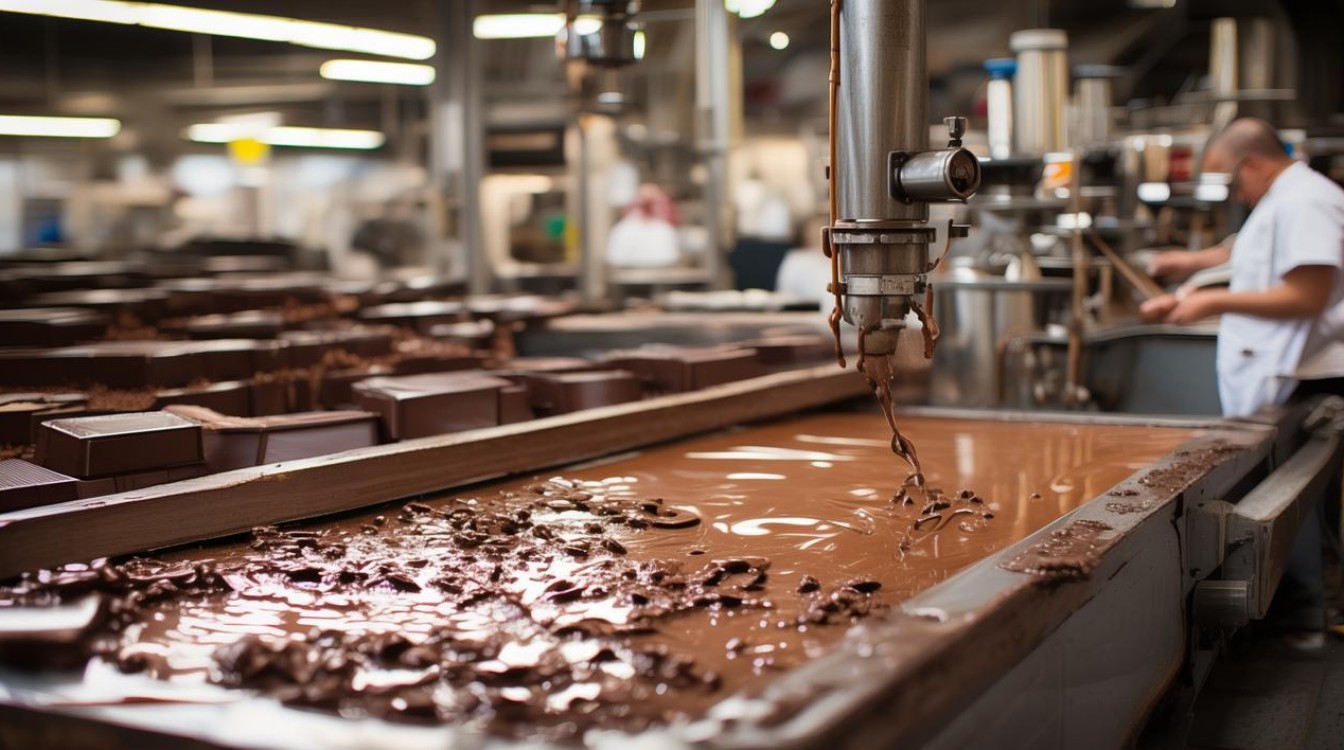Chocolate is one of the world’s most beloved treats, enjoyed by people of all ages across cultures. Its rich, creamy texture and complex flavors make it a favorite in desserts, beverages, and even savory dishes. But how is chocolate made? The journey from cocoa bean to chocolate bar involves careful cultivation, fermentation, roasting, and refining. Understanding this process not only deepens appreciation for chocolate but also highlights the skill and expertise required in its production.

From Bean to Bar: The Chocolate-Making Process
Cocoa Cultivation and Harvesting
The chocolate-making process begins with the cocoa tree (Theobroma cacao), which thrives in tropical climates near the equator. Countries like Ivory Coast, Ghana, and Ecuador are major producers. Cocoa pods grow directly on the tree trunk and branches, each containing 30 to 50 cocoa beans surrounded by sweet, white pulp.
Farmers harvest cocoa pods by hand, using machetes to carefully cut them from the tree without damaging the bark. This labor-intensive step requires experience, as improper harvesting can harm future yields. Once collected, the pods are split open to extract the beans and pulp.
Fermentation: Developing Flavor
Fresh cocoa beans are bitter and lack the familiar chocolate taste. Fermentation is crucial for developing their flavor profile. The beans and pulp are placed in shallow wooden boxes or piled on banana leaves and covered. Over five to seven days, natural yeasts and bacteria break down the pulp, generating heat and triggering biochemical changes.
During fermentation, sugars convert into acids, and complex flavor precursors form. This step influences the final taste—under-fermented beans result in weak flavors, while over-fermentation leads to unpleasant sourness. Skilled farmers monitor temperature and turn the beans regularly to ensure uniformity.
Drying and Quality Control
After fermentation, beans are spread out under the sun to dry for about a week. Proper drying reduces moisture content from 60% to around 7%, preventing mold growth during storage. Workers rake the beans frequently to ensure even drying.

Quality control is essential at this stage. Beans are inspected for mold, insect damage, or uneven fermentation. Only the best beans move forward, as defects can ruin an entire batch of chocolate.
Roasting: Unlocking Aromas
Roasting transforms dried cocoa beans into aromatic, flavorful nibs. The temperature and duration vary depending on the desired chocolate profile—lighter roasts preserve fruity notes, while darker roasts enhance deep, smoky flavors.
Modern chocolate makers use precision roasters to control heat distribution. The beans are cracked open after roasting, and their thin shells are removed, leaving behind cocoa nibs.
Grinding and Conching: Creating Smoothness
Cocoa nibs are ground into a thick paste called chocolate liquor (which contains no alcohol). This paste consists of cocoa solids and cocoa butter. For dark chocolate, sugar and sometimes extra cocoa butter are added. Milk chocolate includes milk powder for creaminess.
The mixture then undergoes conching, a refining process that can last hours or even days. Conching machines knead the chocolate at controlled temperatures, smoothing its texture and mellowing harsh flavors. The longer the conching, the silkier the final product.

Tempering and Molding
Tempering gives chocolate its glossy finish and satisfying snap. The melted chocolate is carefully cooled and reheated to stabilize cocoa butter crystals. Without tempering, chocolate may appear dull or develop a grainy texture.
Once tempered, the liquid chocolate is poured into molds, vibrated to remove air bubbles, and cooled until solid. Bars are then wrapped and packaged for distribution.
The Role of Expertise in Chocolate Making
Producing high-quality chocolate demands knowledge at every stage. Farmers must understand cocoa cultivation, while chocolatiers need expertise in roasting, blending, and tempering. Artisan chocolate makers often experiment with bean origins, fermentation methods, and roasting techniques to create unique flavors.
Sustainability and ethical sourcing are also critical. Many premium brands work directly with farmers, ensuring fair wages and environmentally friendly practices. Consumers increasingly value transparency, wanting to know where their chocolate comes from and how it’s made.
Why Chocolate Production Matters
Chocolate is more than a sweet indulgence—it’s a product of tradition, science, and craftsmanship. Each step in its production requires precision, from the careful selection of beans to the exacting process of tempering. By understanding how chocolate is made, we gain a deeper respect for the people and expertise behind every bar.

Next time you enjoy a piece of chocolate, take a moment to savor its flavors and appreciate the journey it took to reach you. Whether it’s a mass-produced candy bar or a handcrafted artisan creation, chocolate represents a blend of nature’s bounty and human ingenuity.

